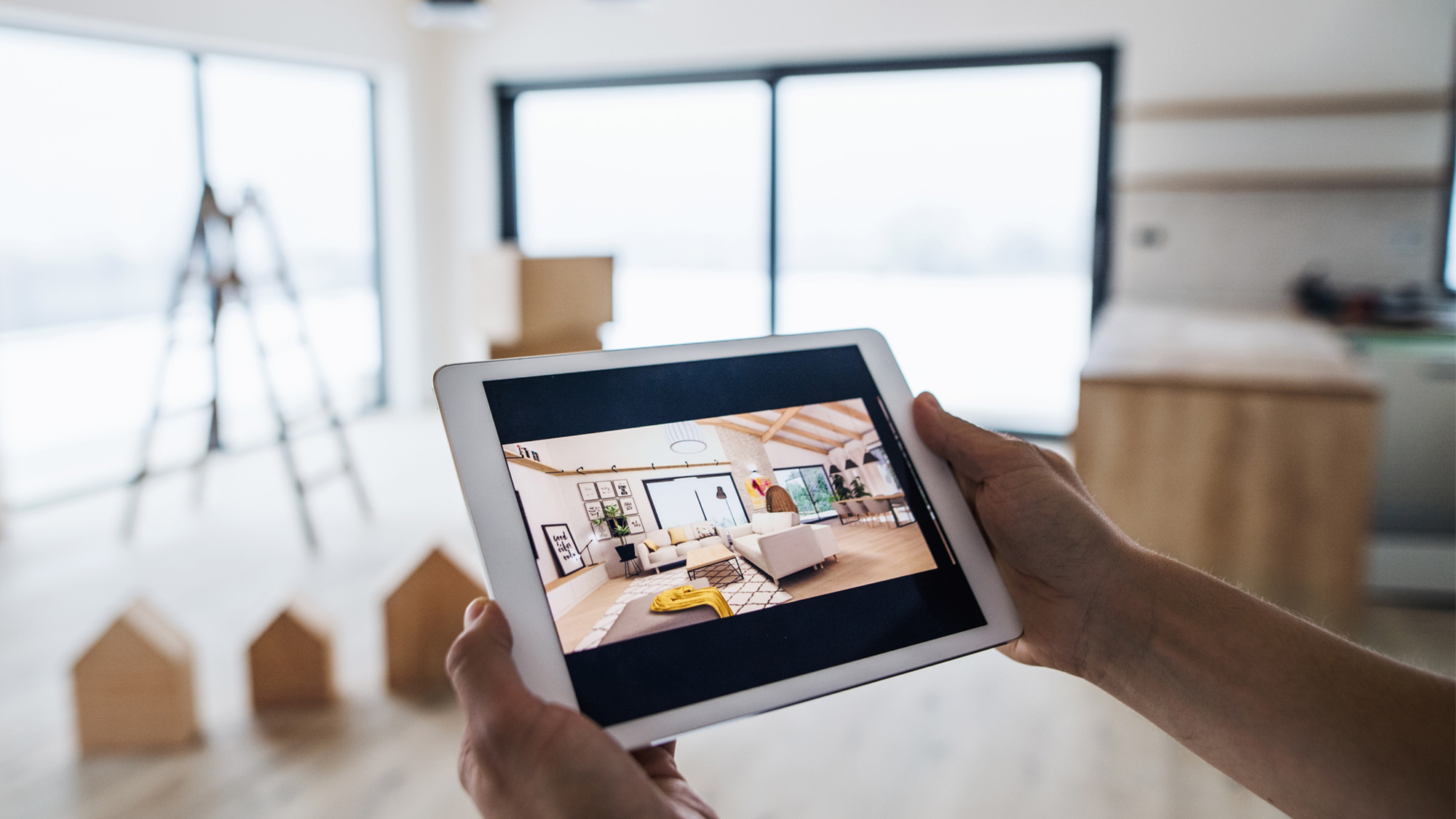
Discover Homes Virtually: Engaging Virtual Home Tours for You
Exploring potential homes has taken a transformative leap into the digital realm with the advent of virtual home tours. These immersive experiences allow prospective buyers or renters to navigate through properties from the comfort of their screens. In this article, we’ll delve into the world of virtual home tours, exploring their benefits, the technology behind them, and how they are shaping the real estate landscape.
To explore engaging virtual home tours, visit Insight Into Light. Their commitment to transformative solutions extends beyond lighting, encompassing a range of technologies that redefine how we experience homes.
Breaking Down the Benefits
Convenience and Accessibility
One of the primary advantages of virtual home tours is the unparalleled convenience they offer. Prospective buyers or renters can explore multiple properties without leaving their homes. This is particularly valuable for those relocating from a different city or country, saving time and travel expenses. Virtual tours provide accessibility to a broader range of properties, making the house-hunting process more efficient.
Time-Efficient Decision Making
Traditional house hunting often involves scheduling appointments, traveling between locations, and investing considerable time in exploring each property. Virtual home tours streamline this process. Potential buyers can view properties at their own pace, revisiting rooms or features without any time constraints. This time-efficiency benefits both buyers and sellers, expediting the decision-making process.
Enhanced Visual Experience
Virtual home tours offer an immersive visual experience, allowing viewers to navigate through rooms, hallways, and outdoor spaces. High-quality images and 360-degree views provide a comprehensive understanding of the property’s layout and features. This immersive experience contributes to a more informed and confident decision-making process.
The Technology Behind Virtual Home Tours
3D Imaging and Virtual Reality (VR)
Advanced 3D imaging technology and virtual reality (VR) play a crucial role in creating realistic virtual home tours. High-resolution cameras capture every angle of a property, and VR technology enables viewers to explore these spaces as if they were physically present. This technology creates a sense of immersion, offering a realistic and engaging experience.
Interactive Floor Plans
Virtual home tours often include interactive floor plans that allow viewers to navigate through different rooms and levels seamlessly. Clickable hotspots on the floor plan enable users to jump from one area to another, providing a guided and interactive tour. This feature enhances the user experience and ensures a comprehensive exploration of the property.
Real-Time Interactivity
Some virtual home tours go beyond pre-recorded experiences and offer real-time interactivity. This allows potential buyers or renters to interact with a live agent who guides them through the property, answering questions and providing additional information. Real-time interactivity adds a personalized touch to virtual tours, bridging the gap between the digital and physical aspects of house hunting.
Shaping the Real Estate Landscape
Evolving Marketing Strategies
Virtual home tours have become a cornerstone of modern real estate marketing strategies. Listings that include virtual tours tend to attract more attention and engagement from potential buyers. Real estate professionals leverage virtual tours to showcase properties in a dynamic and captivating way, gaining a competitive edge in a crowded market.
Expanding Global Reach
The global reach of virtual home tours is a significant factor in their increasing popularity. International buyers or renters can explore properties remotely, eliminating geographical barriers. This expanded reach opens up opportunities for sellers and real estate agents to connect with a diverse and global audience, facilitating cross-border transactions.
Adapting to Changing Times
The adoption of virtual home tours has accelerated, especially in response to changing circumstances such as the global pandemic. Restrictions on travel and social distancing guidelines have underscored the importance of virtual solutions in the real estate industry. Virtual home tours have proven to be a resilient and adaptable tool for showcasing properties while prioritizing safety.
Conclusion: A Digital Revolution in House Hunting
In conclusion, virtual home tours represent a digital revolution in the traditional process of house hunting. Their benefits extend beyond convenience, offering an enhanced visual experience and shaping the way properties are marketed and explored. As technology continues to advance, virtual home tours are likely to become an integral part of the real estate landscape, providing an innovative and immersive platform for buying or renting homes.
